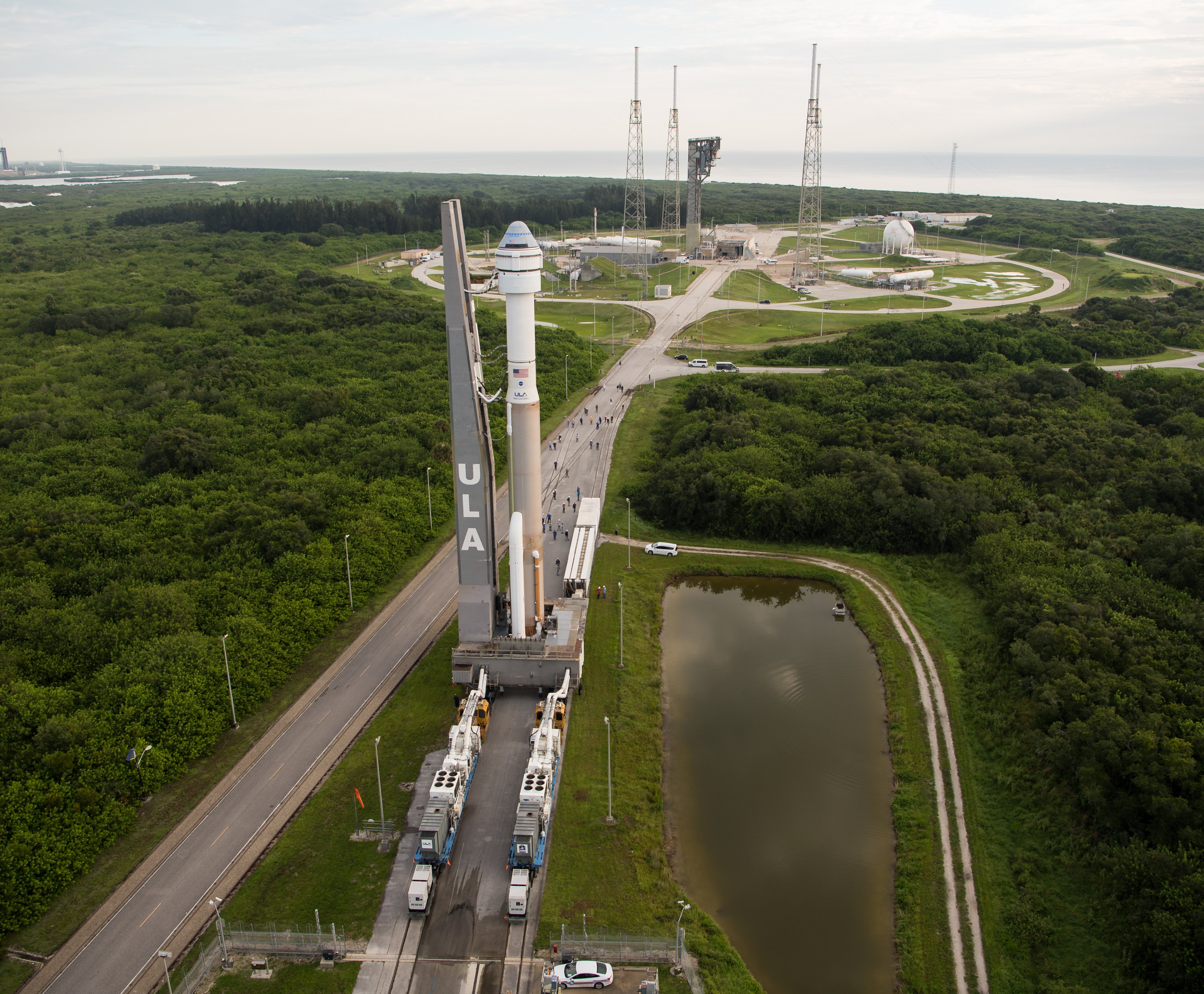
We may have to wait a while to see Boeing's Starliner astronaut taxi take flight again.
Starliner was originally supposed to launch last Friday (July 30) from Florida's Cape Canaveral Space Force Station on a crucial uncrewed mission to the International Space Station for NASA called Orbital Flight Test 2 (OFT-2).
Unplanned thruster firings of Russia's recently arrived Nauka module tilted the orbiting lab significantly on Thursday (July 29), however, and OFT-2's liftoff was pushed to Tuesday (Aug. 3) to give station managers time to assess the situation.
But in the hours before launch on Tuesday, Boeing announced that the Starliner team had discovered "unexpected valve position indications" in the capsule's propulsion system. Boeing and NASA stood down from that day's attempt to investigate the issue, stating that a liftoff on Wednesday (Aug. 4) remained a possibility.
Live updates: Follow Boeing's Starliner OFT-2 mission here
But that's no longer the case. On Tuesday evening, Boeing representatives said that Starliner won't fly on Wednesday, and they didn't give a new target launch date.
"We're going to let the data lead our work," John Vollmer, vice president and program manager for Boeing’s Commercial Crew Program, said in a statement. "Our team has worked diligently to ensure the safety and success of this mission, and we will not launch until our vehicle is performing nominally and our teams are confident it is ready to fly."
Get the Space.com Newsletter
Breaking space news, the latest updates on rocket launches, skywatching events and more!
Starliner and its rocket ride, a United Launch Alliance Atlas V, will be rolled back from their launch pad to the assembly facility on Wednesday "for further inspection and testing to inform the next steps," the statement added. It will be the second such reverse trip for the duo, which were also rolled back from the pad on Friday (July 30) to help protect them from inclement weather.
Boeing has developed Starliner with funding from NASA's Commercial Crew Program, which similarly supported SpaceX's work on its astronaut taxi, Crew Dragon. Crew Dragon is fully up and running — it's in the middle of its second contracted crewed mission to the station for NASA — but Starliner must ace OFT-2 before it can carry astronauts.
As its name suggests, OFT-2 will be the second such flight for the Boeing spacecraft. On the first try, in December 2019, Starliner suffered several serious software issues, got stranded in the wrong orbit for a space station meetup and came back down to Earth after orbiting solo for two days.
The nature of the propulsion valve issue remains mysterious at the moment, but engineering teams "have ruled out a number of potential causes, including software," Boeing representatives wrote in the statement. "The issues were first detected during checkouts after electrical storms passed over Kennedy Space Center on Monday," the statement adds, referring to the NASA center that's next door to Cape Canaveral Space Force Station.
Mike Wall is the author of "Out There" (Grand Central Publishing, 2018; illustrated by Karl Tate), a book about the search for alien life. Follow him on Twitter @michaeldwall. Follow us on Twitter @Spacedotcom or Facebook.
Join our Space Forums to keep talking space on the latest missions, night sky and more! And if you have a news tip, correction or comment, let us know at: community@space.com.

Michael Wall is a Senior Space Writer with Space.com and joined the team in 2010. He primarily covers exoplanets, spaceflight and military space, but has been known to dabble in the space art beat. His book about the search for alien life, "Out There," was published on Nov. 13, 2018. Before becoming a science writer, Michael worked as a herpetologist and wildlife biologist. He has a Ph.D. in evolutionary biology from the University of Sydney, Australia, a bachelor's degree from the University of Arizona, and a graduate certificate in science writing from the University of California, Santa Cruz. To find out what his latest project is, you can follow Michael on Twitter.









